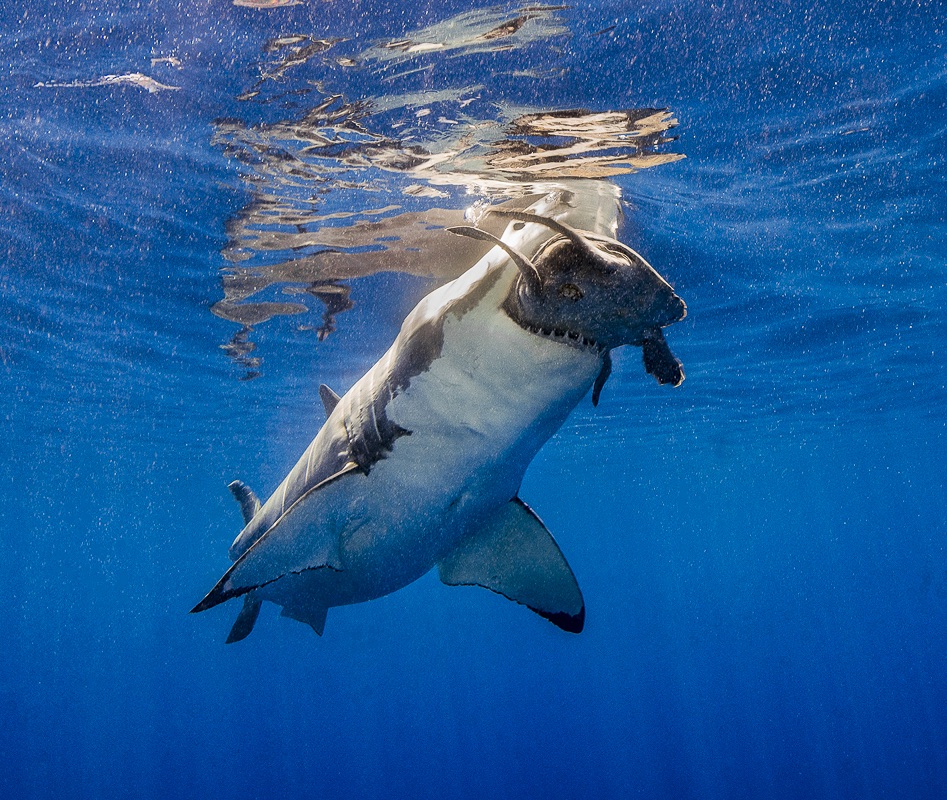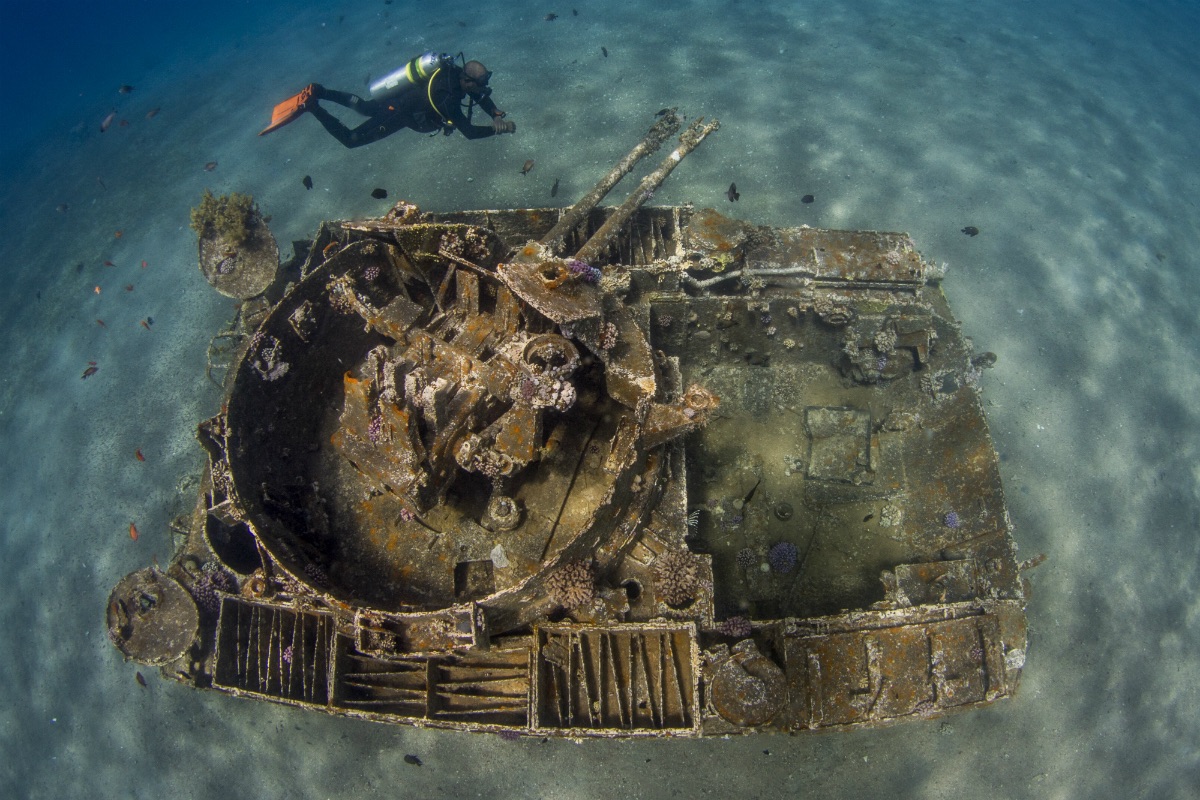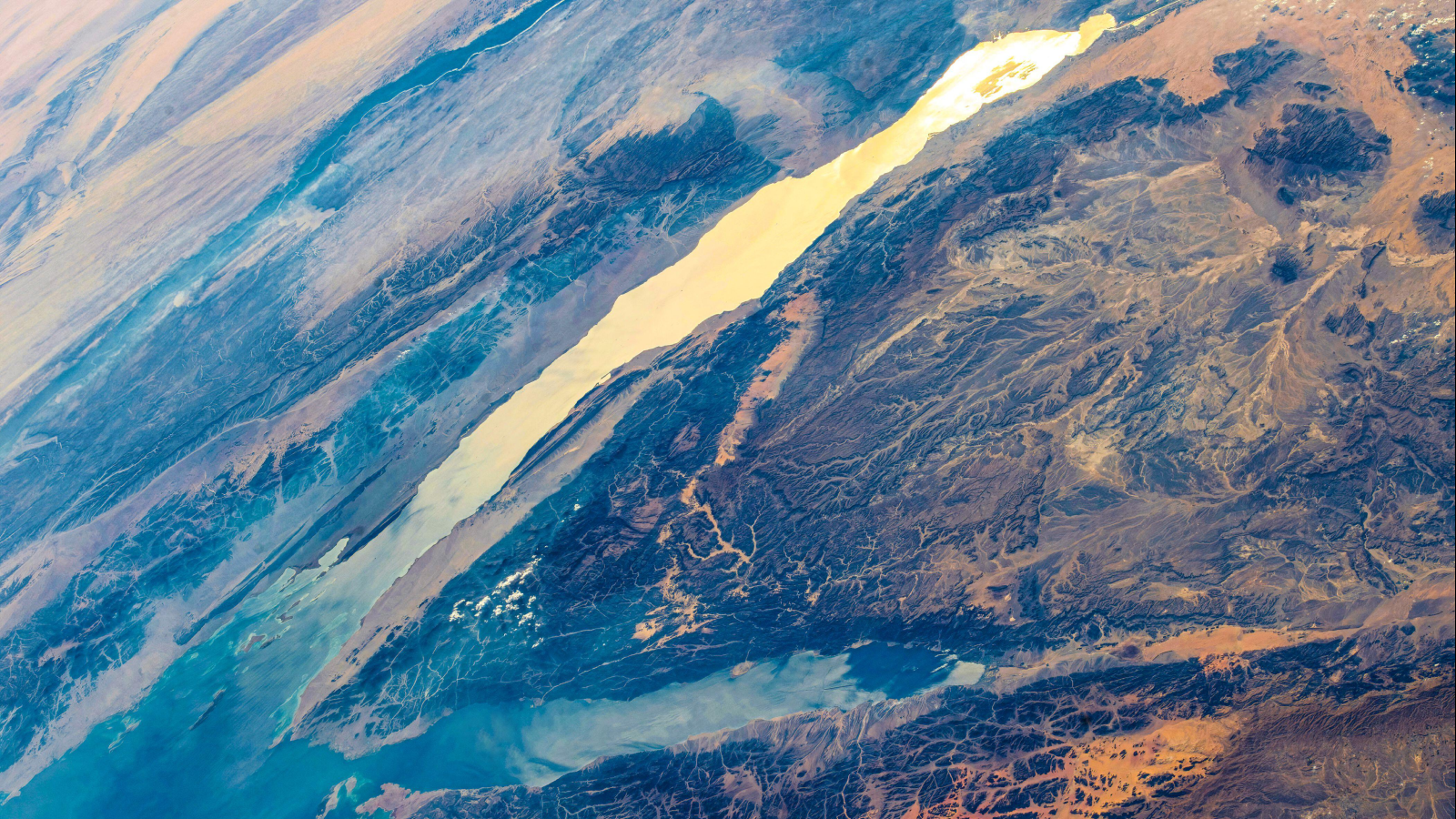Dreamlike Seahorse Picture Snags Top Prize

An ethereal undersea image of a seahorse cradled by the motion of the ocean earned photographer Davide Lopresti the title, "Underwater Photographer of the Year 2016."
Lopresti's striking photo of a spiny seahorse in waters near Trieste, Italy, rose above submissions from entrants in 54 countries in the the annual Underwater Photographer of the Year (UPY) contest. The image, titled "Gold," also claimed first place in the contest's macro photography category.
Motion blur in the waves conveys the undulation of moving water, while the sharply focused and brilliantly yellow seahorse's head and body emerge from the deep blue sea surrounding it. "I see many motion blur images but this one has been shot to perfection," one of the judges Martin Edge said in a statement. [See More of the Winning Underwater Photography Shots]
Movement and stillness
Lopresti used a long exposure and camera panning "to give dynamism to the image," he said in a statement, adding that he turned a strobe light on the seahorse to bring its body into focus and illuminate fine details. He explained that he chose his subject in order to highlight the seahorses' recent recovery in the Mediterranean, the result of restocking campaigns and newly established protected areas that keep them safe from fishing boats.
Other winning images of life underwater are equally breathtaking. A "half-and-half" photo in a lagoon in French Polynesia dips below the surface to reveal a variety of marine creatures, while above the surface, mountains stretch across the horizon. Another photographer climbed into a submerged cage in a Russian river to snap an underwater perspective of a brown bear fishing for salmon. [The 10 Best Underwater Cameras of 2016]
One image, aptly titled "Crunch," captured a heart-stopping moment in Isla Guadalupe waters when a white shark chomped down on a turtle that was trying to steal the shark's dinner (the shark spit the turtle out and it swam away, presumably somewhat wiser for the experience).
Get the world’s most fascinating discoveries delivered straight to your inbox.
Get wrecked
The UPY contest recognized exceptional photos across eight categories that encompass different photographic equipment and subjects, and include "Wide Angle," "Compact," "Behavior," and "Wrecks," a classification celebrating the crumbling, crusted beauty of boats and other vehicles that lie derelict on the seafloor, becoming part of the marine landscape while still recalling distant echoes of their former purpose.
One of the "Highly Commended" photo subjects in the "Wrecks" category is also a highly unusual vehicle to find on the ocean floor — a decommissioned tank.
Titled, appropriately enough, "The Tank," the photo by Saeed Rashid is an overhead view of a sunken M42 Duster, an armored anti-aircraft vehicle produced by the U.S. army during the 1950s. This particular tank was used by the Jordanian Army and then sunk in 1999 in the Red Sea off the coast of Jordan, creating an artificial reef.
The Tank rests on the sea bottom about 23 feet (7 meters) from the surface, and Rashid captured the image while snorkeling, using only natural light. "Although small, it teems with life, making it a great place for both wide-angle and macro photography," Rashid said in the statement.
All of the 2016 winners, runners-up, and highly commended photographs are featured on the UPY website.
Follow Mindy Weisberger on Twitter and Google+. Follow us @livescience, Facebook & Google+. Original article on Live Science.

Mindy Weisberger is a science journalist and author of "Rise of the Zombie Bugs: The Surprising Science of Parasitic Mind-Control" (Hopkins Press). She formerly edited for Scholastic and was a channel editor and senior writer for Live Science. She has reported on general science, covering climate change, paleontology, biology and space. Mindy studied film at Columbia University; prior to LS, she produced, wrote and directed media for the American Museum of Natural History in NYC. Her videos about dinosaurs, astrophysics, biodiversity and evolution appear in museums and science centers worldwide, earning awards such as the CINE Golden Eagle and the Communicator Award of Excellence. Her writing has also appeared in Scientific American, The Washington Post, How It Works Magazine and CNN.


